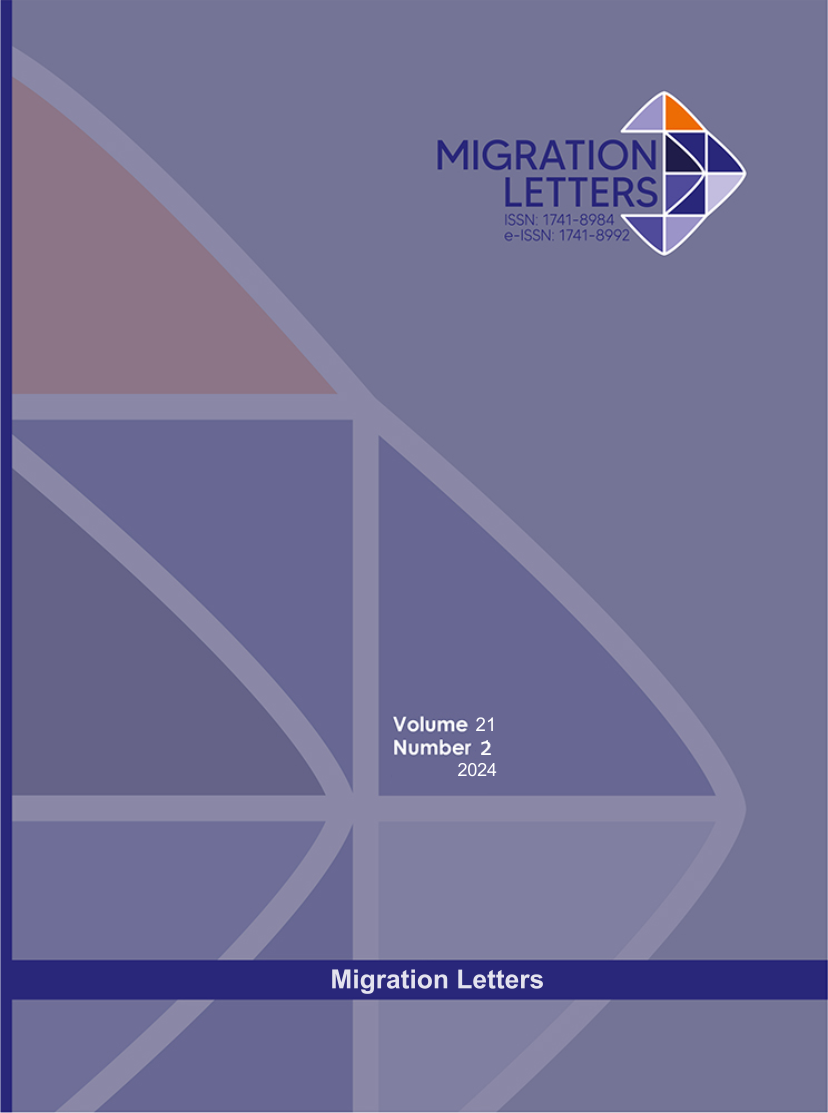Mazu Culture at Fujian, Coastal City of China: Symbolic Interaction and Meaning Change in the Context of World Cultural Heritage
DOI:
https://doi.org/10.59670/ml.v21i2.6418Abstract
This study is qualitative and has four primary research objectives: 1) Exploring Symbolic Representation – the evolution and reasons behind the development of Mazu culture in the coastal cities of Fujian. 2) Studying Symbolic Interaction – the historical deconstruction and modern construction of the significance of Mazu culture. 3) Symbolic Transition – interpreting and tracking the progression of symbols in Mazu culture over time. 4) Symbolic Reinvention – identifying new opportunities for Mazu culture in the context of World Cultural Heritage. The research reveals that belief in Mazu is not just religious, but also encompasses a rich array of cultural elements such as temple fairs, processions, music, and dance, forming a multidimensional system of Mazu culture. From the Song Dynasty to the present, the evolution of Mazu beliefs in Fujian's coastal cities has been accompanied by symbolic interactions and shifts in meaning. The development of Mazu beliefs in the Fujian region mirrors complex historical and societal transformations, highlighting intertwined societal changes and personal identity recognitions. In the modern era, the revitalization of Mazu culture showcases a renewed facade in various aspects. It not only serves as a medium for religious beliefs, comforting the souls of the believers and promoting social harmony, but also acts as a potent asset for boosting cultural soft power and enhancing international exchanges. Furthermore, it has become a catalyst for industrial investments, cultural and leisure tourism, and the development of the marine economy.
Metrics
Downloads
Published
How to Cite
Issue
Section
License

This work is licensed under a Creative Commons Attribution-NonCommercial-NoDerivatives 4.0 International License.
CC Attribution-NonCommercial-NoDerivatives 4.0






